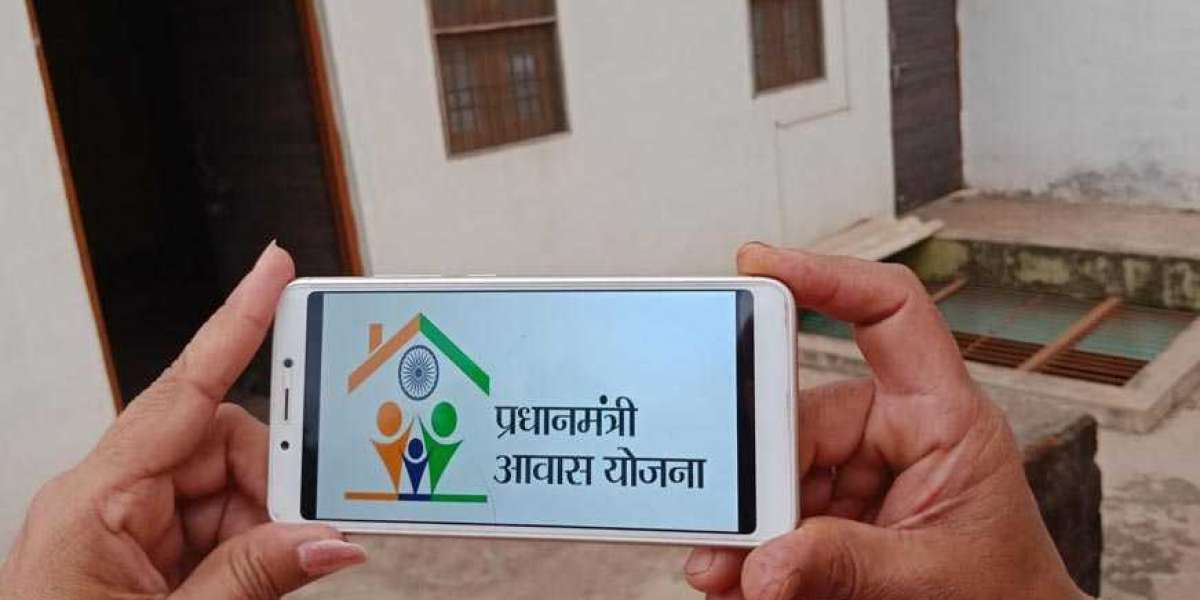The Pradhan Mantri Awas Yojana (PMAY) is a flagship initiative by the Indian government aimed at providing affordable housing to all. However, the effectiveness of this scheme largely hinges on the accuracy and fairness of the beneficiary identification process. Recent evaluations of PMAY’s beneficiary identification mechanisms reveal both strengths and areas needing improvement, which are crucial for the programme’s success.
Challenges in Beneficiary Identification
One of the primary challenges in the beneficiary identification process for PMAY is the accuracy and completeness of data. The scheme relies on data from various sources, including state and central government databases. However, discrepancies and outdated information in these databases can lead to errors in identifying eligible beneficiaries. In many cases, individuals who meet the criteria are excluded, while some ineligible candidates may be included, affecting the overall efficacy of the scheme.
Additionally, the process is often criticised for a lack of transparency. Beneficiaries sometimes face difficulties in accessing information about the selection criteria and the status of their applications. This lack of clarity can undermine trust in the programme and hinder the effective implementation of housing projects.
Strategies for Improvement
To address these challenges, several strategies have been proposed to enhance the beneficiary identification process. One key strategy involves the integration of technology to streamline data collection and verification. The use of digital platforms and real-time data updates can help minimise discrepancies and ensure that the beneficiary lists are accurate and current. Implementing biometric verification and linking data to Aadhaar numbers could also enhance the accuracy of beneficiary identification.
Impact on Programme Effectiveness
The effectiveness of PMAY is closely linked to how well beneficiaries are identified and served. Accurate beneficiary identification ensures that housing benefits reach those who need them the most, thus contributing to the programme’s success. Addressing the challenges in this process can lead to more efficient use of resources and better outcomes for the targeted population.
By improving data accuracy, enhancing transparency, and leveraging technology, the PMAY can more effectively meet its goal of providing affordable housing to all.
Conclusion
The beneficiary identification process in the Pradhan Mantri Awas Yojana is a critical component of the programme’s success. While there are notable challenges in data accuracy and transparency, implementing targeted strategies for improvement can significantly enhance the scheme’s effectiveness. By addressing these issues, the PMAY can better achieve its goal of providing affordable housing and making a meaningful impact on the lives of millions of Indians. You can know more on this topic here.




